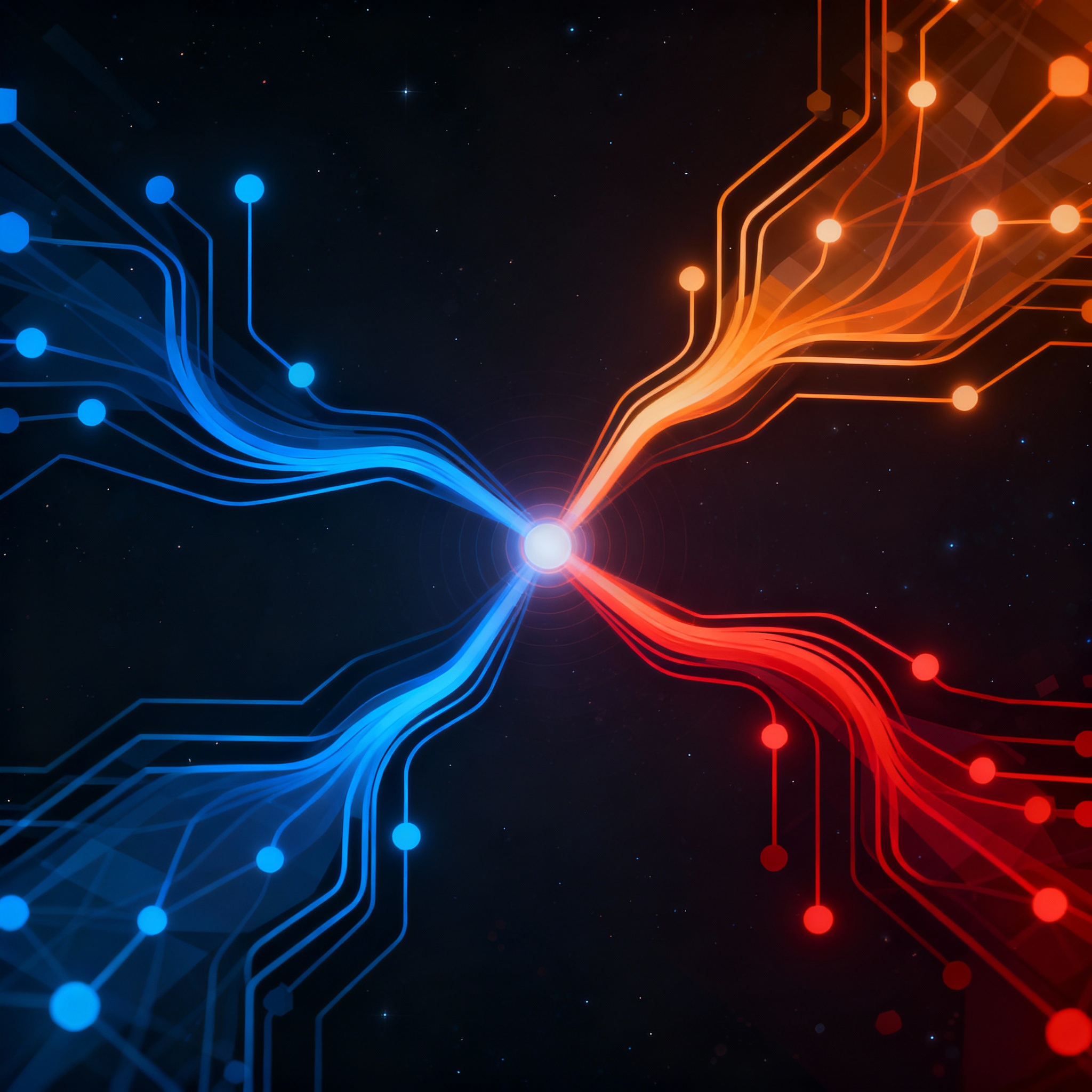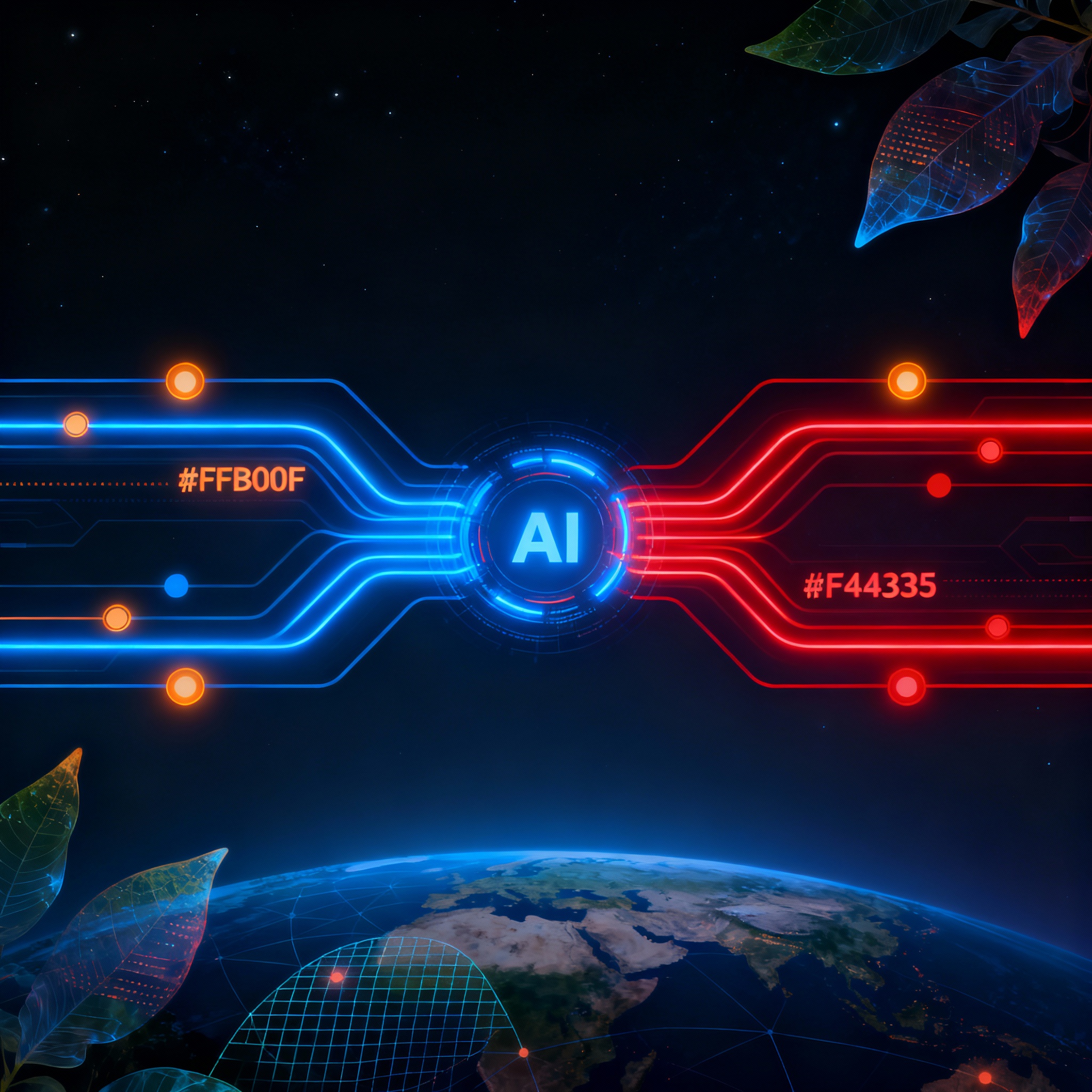
Streamlining Scholarly Scrutiny: RAG's Impact on Manuscript Review in Publishing
Streamlining Scholarly Scrutiny: RAG's Impact on Manuscript Review in Publishing
In the realm of academic and scientific publishing, the manuscript review process stands as a critical gateway to knowledge dissemination. Reviewers and editors often grapple with vast amounts of data, ensuring originality, accuracy, and relevance. Enter Retrieval-Augmented Generation (RAG), a sophisticated AI technique that's reshaping how we approach these challenges. By integrating real-time information retrieval with generative capabilities, RAG offers a more precise and context-aware method for evaluating submissions. This blog post explores RAG's role in manuscript review, drawing on recent research to provide actionable insights for publishers, researchers, and tech enthusiasts alike.
As a technical blog writer for ChatRAG—a Next.js boilerplate designed for launching chatbot-agent SaaS businesses—I'm excited to highlight how such innovations can be built into practical tools. Whether you're developing a custom AI assistant or optimizing existing workflows, understanding RAG's applications in publishing can unlock new efficiencies.
Understanding Retrieval-Augmented Generation (RAG)
At its core, RAG combines two powerful AI components: retrieval and generation. The retrieval mechanism pulls relevant information from a vast database or knowledge base, while the generation part—typically powered by large language models (LLMs)—synthesizes this data into coherent, useful outputs. Unlike traditional LLMs that rely solely on pre-trained knowledge, RAG mitigates hallucinations by grounding responses in up-to-date, retrieved facts.
According to a comprehensive survey on RAG architectures, this approach enhances robustness by addressing common pitfalls like outdated information or domain-specific gaps. For publishing, this means reviewers can access the latest citations or similar studies without manual searches, making the process faster and more reliable.
Imagine a scenario where a reviewer queries an AI tool about a manuscript's claims on climate modeling. RAG would retrieve the most recent peer-reviewed articles, then generate a summary highlighting consistencies or discrepancies. This not only saves time but also elevates the quality of feedback.
RAG's Role in Manuscript Review Workflows
Manuscript review typically involves several stages: initial screening, detailed evaluation, peer feedback, and revisions. RAG can augment each phase, turning a labor-intensive process into a streamlined operation.
Enhancing Literature Reviews and Fact-Checking
One of the biggest hurdles in reviewing manuscripts is verifying the literature cited. Authors might overlook key studies or misinterpret findings, leading to potential rejections. RAG-powered tools can automate this by retrieving and analyzing relevant papers in real-time.
For instance, a study on unleashing RAG for literature reviews and manuscript revisions demonstrates how RAG can generate comprehensive summaries, identify gaps, and suggest additional references. In practice, an editor could input a manuscript abstract into a RAG system, which then cross-references it against databases like PubMed or arXiv, flagging any unsubstantiated claims.
Actionable insight: Start by integrating RAG with your existing tools. Using a platform like ChatRAG, you can build a chatbot that queries vector databases for semantic searches, ensuring reviewers get precise matches rather than keyword-based results.
Generating Constructive Feedback and Revisions
Beyond fact-checking, RAG excels in providing contextual feedback. Reviewers often need to articulate suggestions clearly, but time constraints can lead to vague comments. RAG can assist by generating detailed, evidence-based critiques.
Consider ReviseMate, an exploration of contextual support for digesting STEM paper reviews, which shows how AI can break down reviewer comments and suggest revisions. In a RAG setup, the system retrieves similar manuscripts' review histories and generates tailored advice, such as "This section on methodology echoes findings in [Study X], but consider addressing the limitations noted in [Study Y]."
Practical example: A publishing house could deploy a RAG agent that analyzes a manuscript's structure, retrieves best practices from a survey of AI-driven research support systems, and outputs a revision checklist. This not only aids authors in refining their work but also standardizes the review process across teams.
Benchmarking and Training for Research Workflows
To ensure RAG tools perform optimally in publishing, benchmarking is essential. ResearchGPT's benchmarking of LLMs for end-to-end computer science research workflows provides a framework for evaluating AI in tasks like manuscript drafting and review. By training models on domain-specific datasets, RAG can be fine-tuned for accuracy in fields like biology or engineering.
Actionable tip: When building with ChatRAG, incorporate custom datasets from open-access repositories. This allows your SaaS chatbot to evolve, learning from past reviews to predict common pitfalls, such as overgeneralization in conclusions.
Benefits and Challenges of Implementing RAG
The advantages of RAG in manuscript review are clear: increased efficiency, reduced bias through data-driven insights, and scalability for high-volume publishers. Review times could drop significantly, allowing faster publication cycles without compromising quality.
However, challenges exist. Data privacy is paramount, especially with sensitive manuscripts. Ensuring the retrieval sources are reliable and unbiased is another concern. GraphRAG's approach to retrieval-augmented generation with graphs offers a solution by structuring knowledge as graphs, improving context and reducing errors in complex domains like scientific publishing.
Moreover, integrating RAG requires technical know-how. That's where boilerplates like ChatRAG come in handy—they provide a ready-to-use foundation for Next.js apps, complete with RAG capabilities for chatbot agents. You can prototype a manuscript review assistant in days, customizing it for your publishing needs.
To overcome implementation hurdles:
- Start small: Pilot RAG on a single review stage, like literature verification.
- Ensure ethical use: Always include human oversight to validate AI outputs.
- Monitor performance: Use metrics from studies on LLMs as author checklist assistants to measure improvements in review quality.
Real-World Applications and Case Studies
Let's look at hypothetical yet realistic examples inspired by current research. A university press adopts a RAG system for reviewing psychology manuscripts. The tool retrieves data from APA databases, generates feedback on experimental designs, and even suggests ethical considerations based on retrieved guidelines.
In another case, a tech journal uses RAG to check novelty in AI papers. By pulling from arXiv and patent databases, it identifies prior art, helping editors spot innovative contributions quickly.
These applications align with broader trends, as seen in various surveys, emphasizing RAG's potential to democratize access to high-quality reviews, especially for independent researchers.
Conclusion: Key Takeaways for the Future of Publishing
Retrieval-Augmented Generation is poised to redefine manuscript review in publishing, blending AI's speed with human-like precision. By grounding generative outputs in retrieved knowledge, it addresses longstanding pain points like information overload and inconsistency.
Key takeaways:
- Efficiency Boost: RAG automates tedious tasks, freeing reviewers for deeper analysis.
- Accuracy Enhancement: Real-time retrieval minimizes errors and hallucinations.
- Scalability: Tools built on platforms like ChatRAG enable custom solutions for SaaS businesses in publishing.
- Ethical Integration: Combine AI with human judgment for the best results.
- Continuous Improvement: Leverage benchmarks and surveys to refine your RAG implementations.
As publishing evolves, embracing RAG isn't just an option—it's a step toward more intelligent, inclusive scholarly ecosystems. Whether you're a researcher tweaking your next submission or a developer building the next big AI tool, the possibilities are vast.
Ready to build your AI chatbot SaaS?
ChatRAG provides the complete Next.js boilerplate to launch your chatbot-agent business in hours, not months.
Get ChatRAGRelated Articles

Revolutionizing Environmental Impact Assessments with Retrieval-Augmented Generation (RAG)
In an era where environmental challenges demand precise and timely assessments, Retrieval-Augmented Generation (RAG) emerges as a game-changer. This AI technique enhances large language models by retrieving relevant information from vast datasets, enabling more informed environmental impact evaluations. Discover how RAG is being integrated into global assessments to tackle climate pressures and improve sustainability outcomes.

Revolutionizing Nonprofit Grant Writing with RAG: A Technical Deep Dive
In the competitive world of nonprofit funding, Retrieval-Augmented Generation (RAG) is a game-changer, blending AI language models with real-time data retrieval to enhance grant writing and research. This post dives into practical applications, best practices, and technical details for developers creating SaaS solutions. Learn how RAG can automate workflows, ensure accuracy, and drive impact in the nonprofit sector.

Mastering Internal Knowledge: How RAG Powers Enterprise Documentation Search
In today's data-driven enterprises, sifting through vast internal documentation can be a major bottleneck. Retrieval-Augmented Generation (RAG) emerges as a game-changer, combining AI retrieval with generation to deliver accurate, relevant responses. This guide dives into implementing RAG for efficient knowledge management.